Fed Governor Christopher Waller offered a cautious but upbeat assessment of recent US economic indicators in a CNBC interview today. Describing the previous week’s data as “a hell of a good week,” Waller emphasized that positive trends, particularly in inflation, would allow Fed to “proceed carefully” on interest rates.
Waller stated that inflation remains Fed’s primary concern at this time. “The biggest thing is just inflation,” he said, adding that consecutive favorable reports have been encouraging. However, he refrained from being overly optimistic, noting that Fed needs to “see whether this low inflation is a trend or if it was just an outlier or a fluke.”
His cautious tone comes from recent history. “We’ve been burned twice before,” Waller observed. In both 2021 and the end of 2022, initial indications suggested inflation was stabilizing, only to shoot up or be revised away later. As a result, Waller emphasized the need for a more sustained pattern of data before making any conclusive statements. “I want to be very careful about saying we’ve kind of done the job on inflation until we see a couple of months continuing along this trajectory,” he elaborated.
When asked about the possibility of further tightening, Waller insisted that decisions would be data-dependent. He did, however, reassure that one more rate hike wouldn’t necessarily throw the economy into recession. “It’s not obvious that we’re in real danger of doing a lot of damage to the job market, even if we raise rates one more time,” he stated.




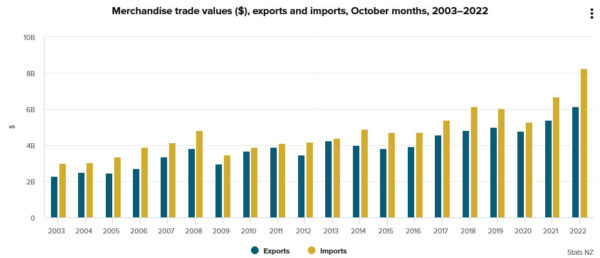
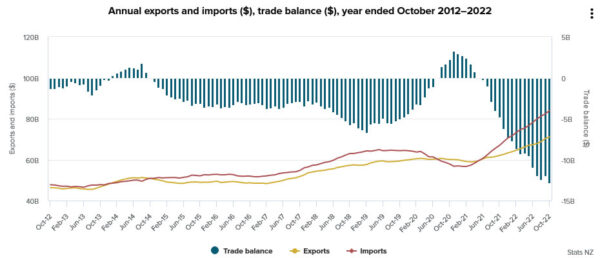
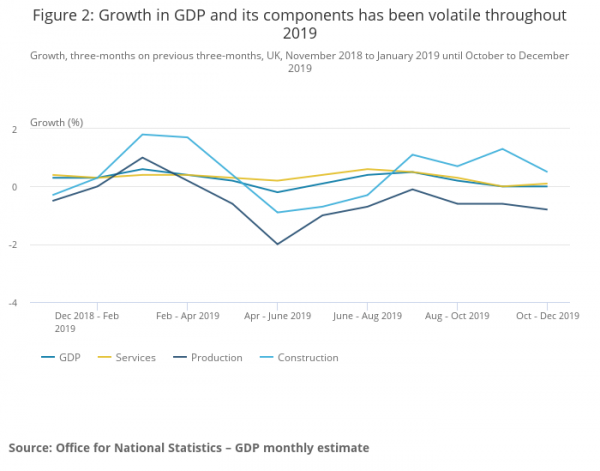
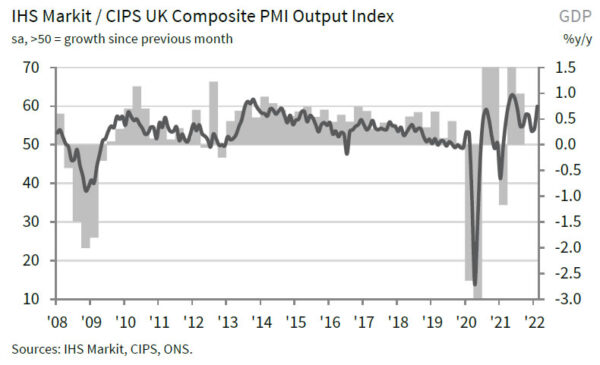
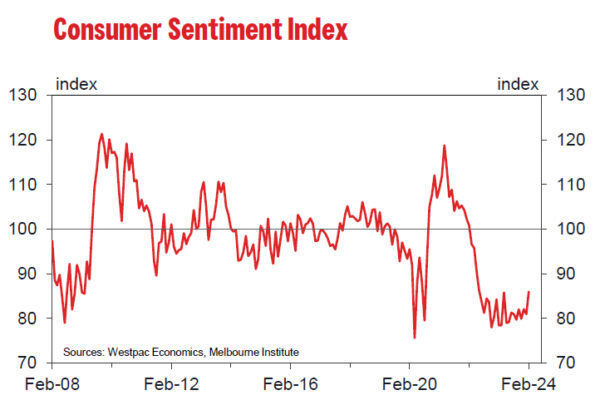
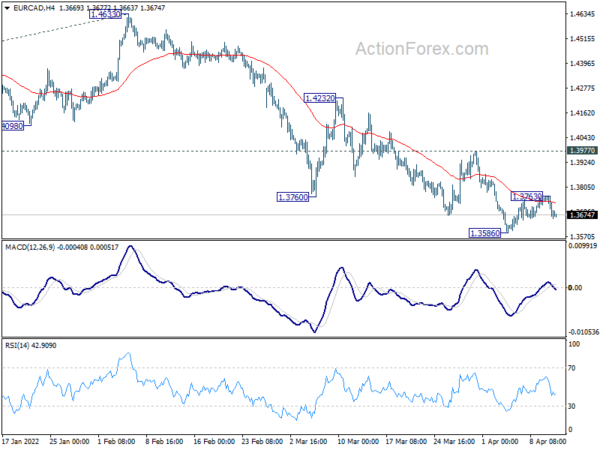
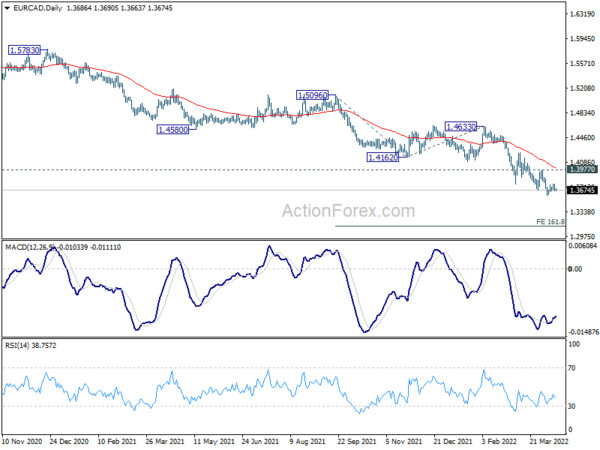
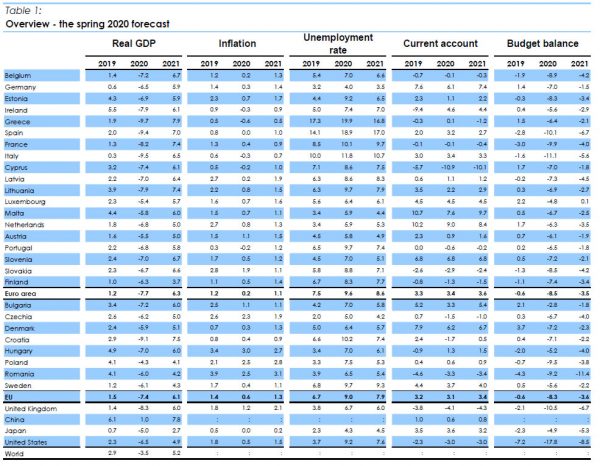
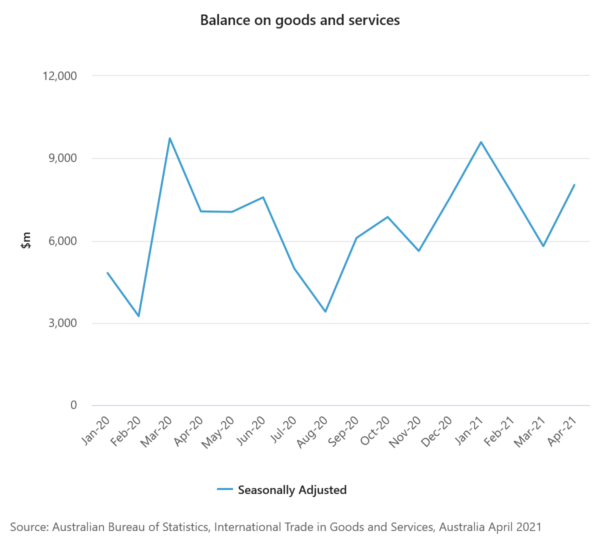
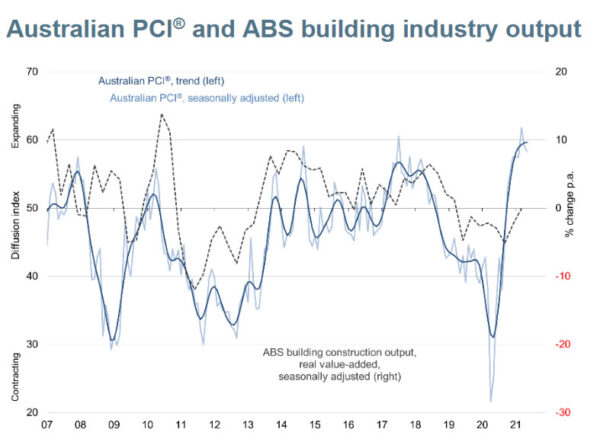

Fed Mester upgrades growth forecasts, supports gradual policy path
Cleveland Fed President Loretta Mester said there’s more momentum in the economy then she anticipated. And, she’s been “upping” her forecasts, now expecting 2.75-3.00% for the year, and “probably close to 3%. She said that “the fiscal policy – the stimulus and the tax cuts – has been a positive for the economy in terms of demand growth and so that’s one of the factors.”
Mester also support the gradual path of monetary accommodation removal. But for now, it’s hard to judge whether the fed funds rate needs to go above neutral rate. But her neutral rate, at 3%, is higher than her fellows.